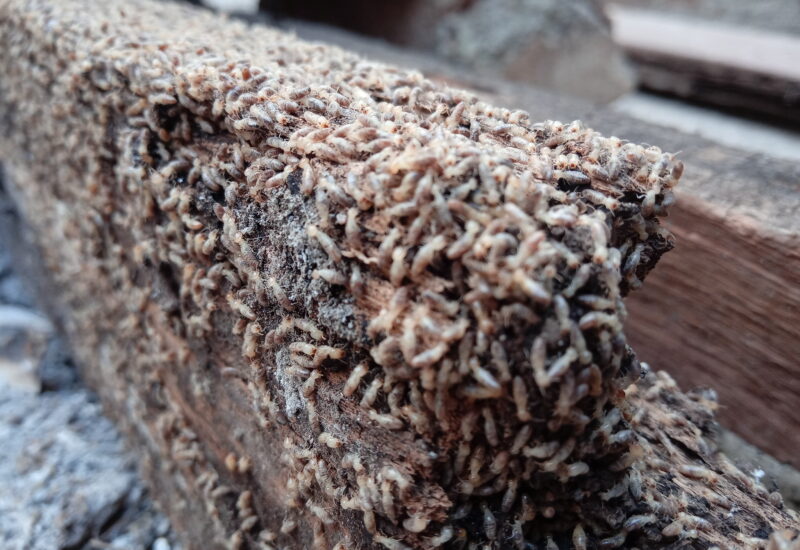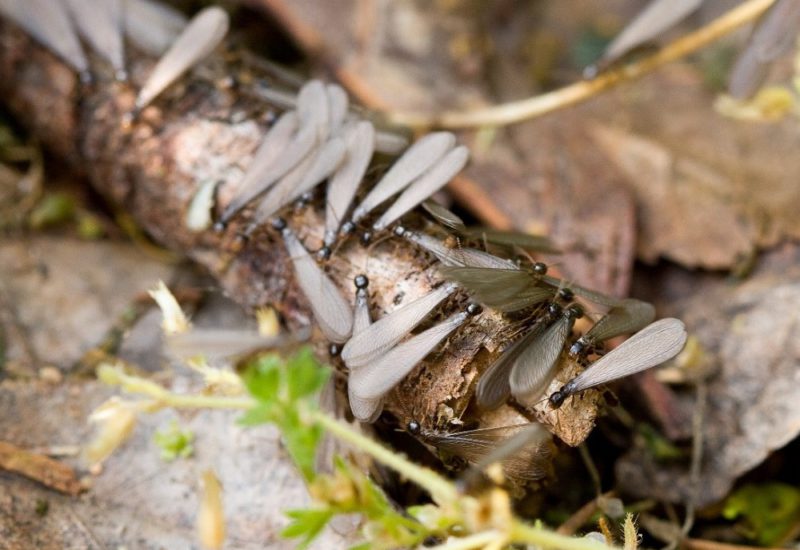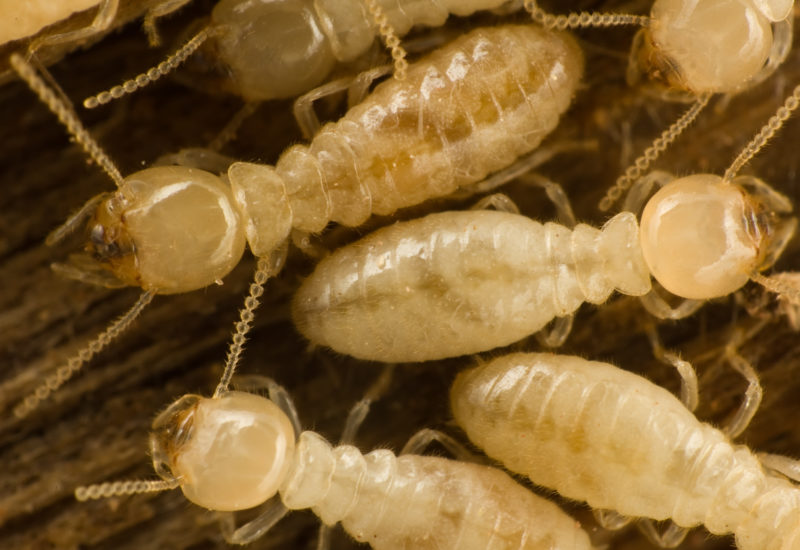10 Signs You Have Termites
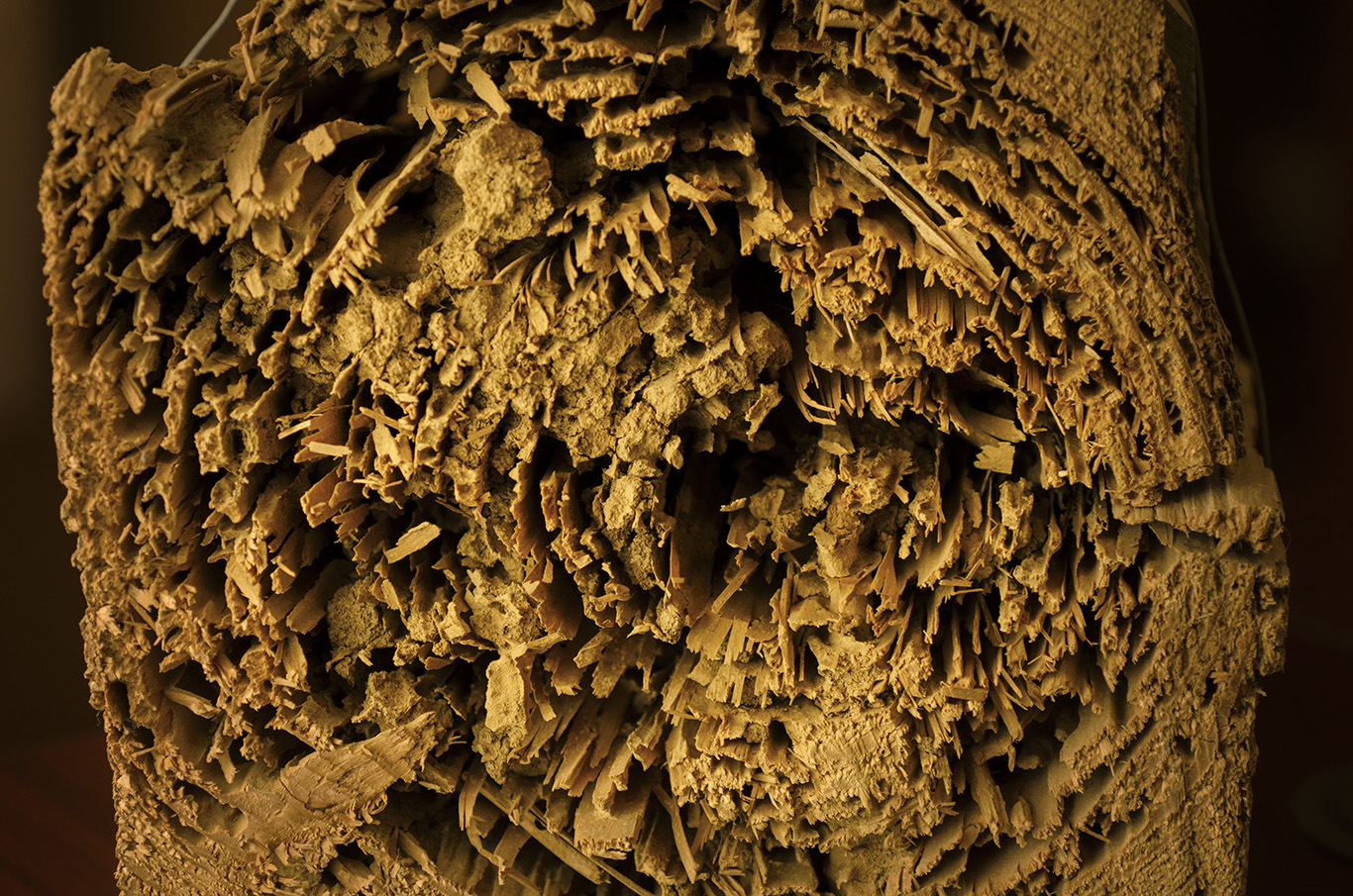
Termites are known as a problematic pest throughout the United States and other countries across the globe.
Though in their natural habitat they are helpful to decomposition of dead wood and can aid in decreasing soil erosion, termites have the opposite effect in your home by causing major damage to housing structures, costing the U.S. billions of dollars in damage repair annually. 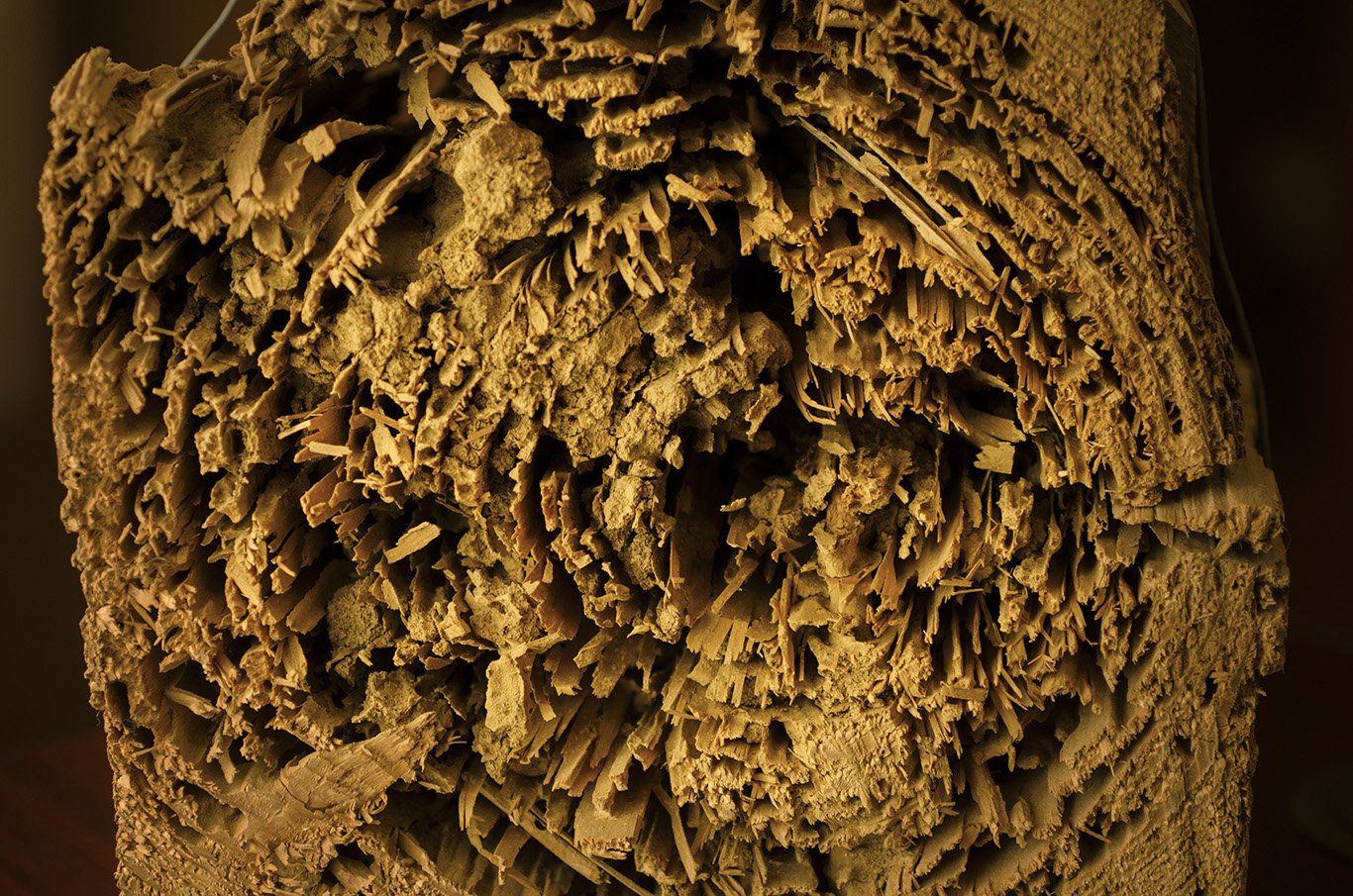
There are predominately three types of termites (drywood, dampwood, and subterranean termites), all with unique identifiers and habitats. Here are 10 signs that you are dealing with one of the three types of termites, and what to do if you have one or more of the signs on your property.
Knowing the signs of termites is the first step in identification and further prevention.

1. Termite Swarmers
The termites responsible for reproduction are called swarmers (or alates). Termite swarmers will mate to begin a new colony. The mating season and swarming habits varies depending on the termite species. If you are unsure of the identification of the insect be sure contact your local pest professional.
2. Discarded Wings
After termites mate, they discard their wings and settle down to form a new colony in your home. Those discarded wings can shed light onto whether or not you have termites. When checking for termite wings, inspect window sills, door frames, bathtubs, or vents.
3. Hollow Wood
Perhaps the most well-known sign of termites is hollow wood.
Due to the nature of the termite dieting habits, the inside of the wood in your home is continually being eaten through. If you knock on wood and hear a hollow or crumbly paper sound, there is a high chance you may be dealing with an infestation
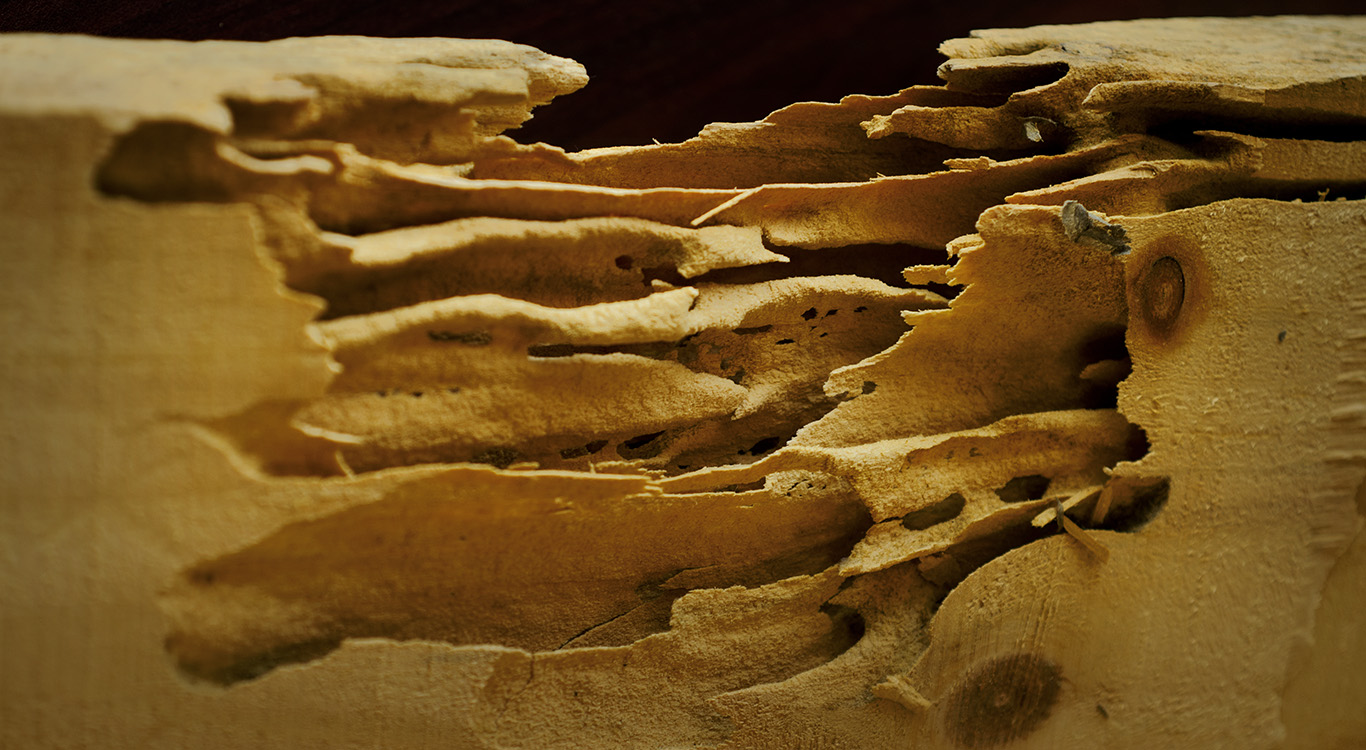
4. Frass (Droppings)
Termites live off of the small amount of moisture produced in the wood and when they release excrement they remove as much moisture from it as possible, resulting in hard pellet like feces. To maintain a clean workspace, termites create holes to kick out their waste. This waste, now out in the open, can quickly pile up and be noted as a sign of termites among you.
5. Tunnels in Wood
Though not always obvious to the eye, termite wood tunnels are another indication of an infestation. Finding a piece of broken wood from your home and taking a peek into the middle of it may give you a clue as to whether or not you have a problem on your hands.
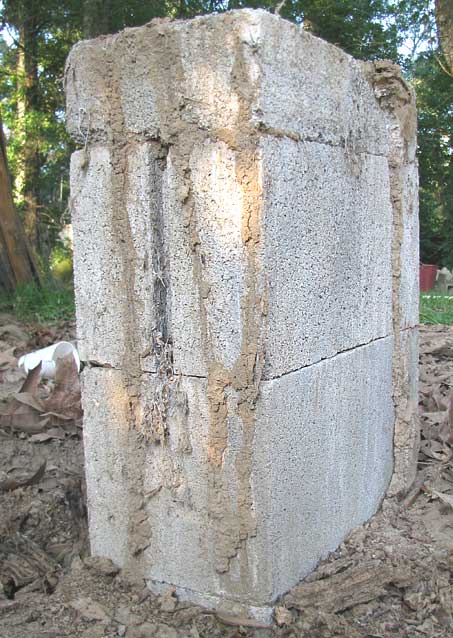
6. Mud Tubes
Unlike drywood termites, subterranean termites enter from the soil. Also different from drywood termites, they do not create galleries in wood moving along the wood’s grain, instead they eat the spring of the wood. Subterranean termites use the wood that they consume, as well as their own fecal matter and saliva, to create what are known as mud tubes. These tubes will extend from the ground up to the wood that they are infesting, providing the termites with shelter and protection as they move between their homes in the ground and their food source. Mud tubes are commonly seen along concrete walls, along cracks or in flooring or baseboards, which can make them hard to detect.
7. “White Ants”
Termites are often mistaken for white ants as they share a similar body shape and size with most ants. However, they are not the same. Termites milky cream or transparent color, as well as their straight anteni (as opposed to ants bent ones) and double set of wings are a few indicators to help you determine between the two insects.
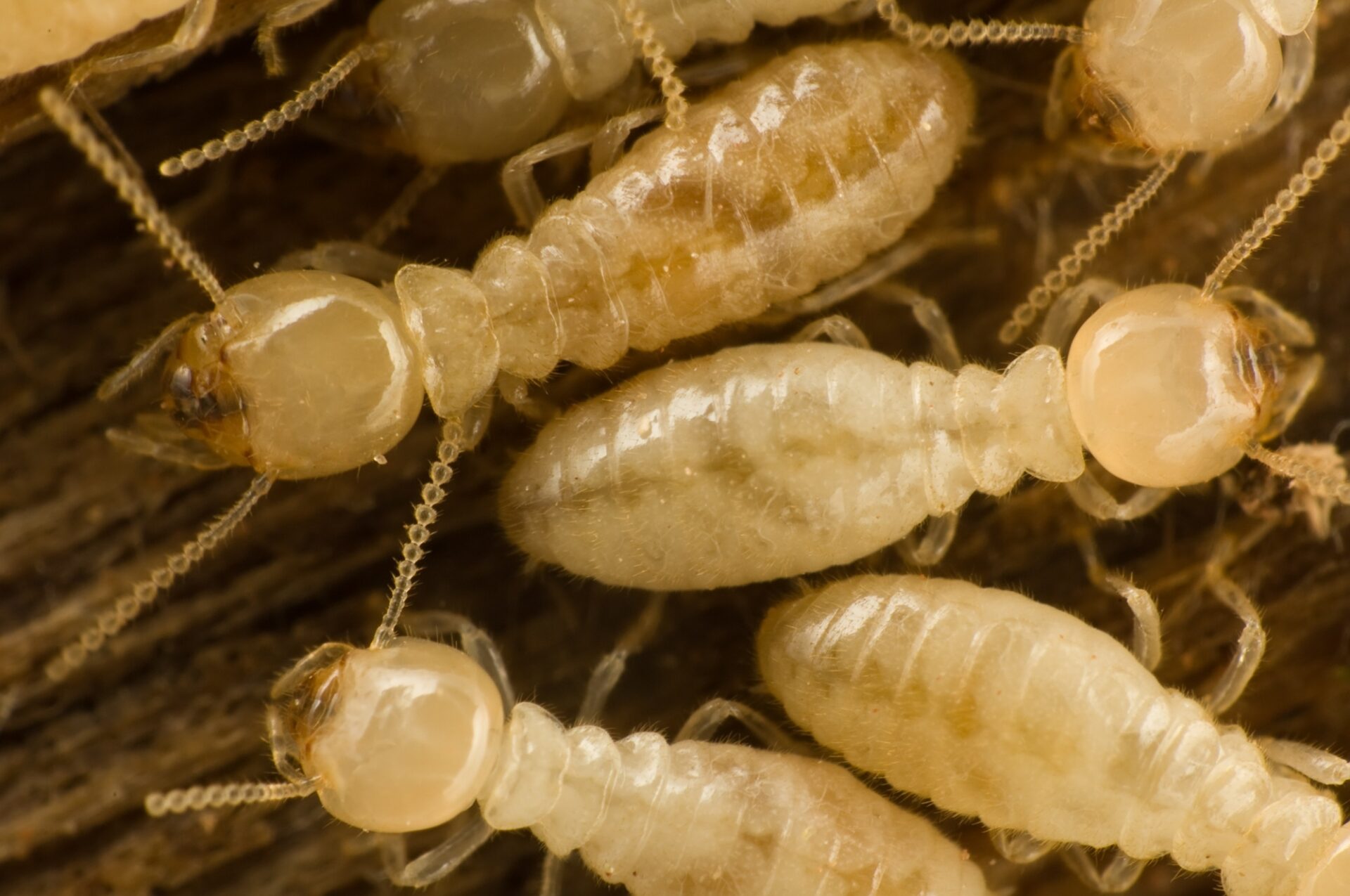
8. Warped Doors and Stiff Windows
Subterranean termites love moisture. Homes holding moisture and heat which may be prime candidates for warped wood may experience the warping for reasons other than the temperature or outside climates. Termites releasing moisture as they eat away at your wood can also cause your windows or doors to warp and become stuck.
9. Clicking Sounds
That’s right, termites tend to chew with their mouths open, and they do it 24 hours, 7 days a week, never sleeping. When stimulated by certain vibrations, termites are even louder and more aggressive with their chewing, which often sounds like clicking noises, resembling the sound of scissors snipping, or someone typing on an old keyboard. If you put your ear to the wall and hear clicking, it may very well be time for an inspection.
10. Water-damaged Drywall and Drooping Floors
Different from drywood termites, subterranean termites do not create galleries in wood moving along the wood grain. Instead, they eat the spring of the wood.
However, both drywood and subterranean eating patterns make wood weak and can cause it to sag and drywall to take on the appearance of being water damaged.


